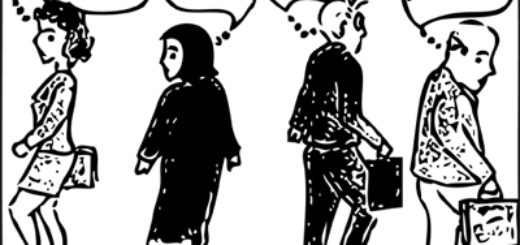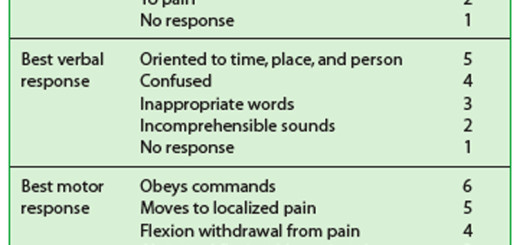A quick guide to common medications for first aiders
In this first aid blog post we’ll look at some of the common medications which first aiders and first responders may encounter when dealing with patients. Having a basic knowledge of medication used to treat common medical conditions can help a first aider perform a thorough patient assessment.
Respiratory System
Bronchodilators: relax muscles in airway walls to make the airway lumen bigger. These are usually administered by inhalation by means of a metered dose inhaler or nebulised.
Β-Agonists: Salbutamol (short acting), Salmeterol (long acting)
Anti-muscarinics: Ipratropium Bromide (short acting but slow onset of action)
Used for: Asthma, COPD, chest infections
Steroids (often end in –one): these have anti-inflammatory properties by altering genetic information inside cells. They may be given inhaled by metered-dose inhaler, or orally in tablet form.
Beclometasone, budesonide, fluticasone (inhaled)
Prednisolone (oral)
Used for: Chronic lung diseases e.g. asthma, COPD
Cardiovascular System
Anti-hypertensives – Used to reduce blood pressure
Β-Blockers (end in –olol): reduce heart rate and power of cardiac muscle contraction
Propranolol, Atenolol
Also used for Angina and heart failure
ACE Inhibitors (end in –pril): reduce angiotensin II which causes blood vessels to relax
Captopril, enalapril
Also used for heart failure
Angiotensin II antagonist: reduces angiotensin II whichcauses blood vessels to relax
Losartan
Calcium channel blockers (often end in –ipine): reduce pumping power of heart muscle
Nifedipine, Amlodipine, verapamil
Also used for angina
Diuretics (often end in –ide) : act on kidney to remove water from the body
Bendroflumethiazide, bumetanide, furosemide, spironolactone, acetazolomide
Also used for heart failure
Anti-Anginal Drugs
Β-blockers – see above
Calcium channel blockers –see above
Nitrates – dilate blood vessels (arteries and veins)
Short acting: Glyceryl TriNitrate (GTN)
Long acting: Isosorbide Mononitrate (ISMN), Isosorbide Dinitrate
Antiplatelets: prevent blood from clotting
Aspirin, clopidogrel
Anti-arrhythmics
These are generally very complicated, and first aiders won’t come across most of them very often. One important one though is Digoxin which increases the force of cardiac contraction. It is used to treat Atrial Fibrillation (AF) and Heart Failure. Digoxin can also cause dangerous arrhythmias in high amounts.
Anti-cholesterol drugs
Statins: decrease the production of cholesterol in the liver
Simvastatin, pravastatin
Nervous System
Anti-Anxiety drugs
Benzodiazepines (end –epam): increase the inhibitory activity in the brain using a neurotransmitter called GABA. This slows and calms things down in the brain.
Diazepam, lorazepam
Benzodiazepines: Different benzodiazepines are used for hypnotic/anti-anxiety effects. This is because they last for different amounts of time. These drugs can be very addictive.
Temazepam, nitrazepam
Antidepressants
Tricyclic antidepressants (often end –yline or –amine): increase amount of serotonin and noradrenaline (excitatory chemicals in the brain (speed things up))
Amitryptiline, Imipramine, Lofepramine
Selective Serotonin Reuptake Inhibitors (SSRIs): increase amount of serotonin in the brain (see above)
Fluoxetine, Citalopram, Escitalopram
Serotonin Noradrenaline reuptake inhibitors (SNRIs): increase amount of serotonin and noradrenaline in the brain (see above)
Venlafaxine
Antiepileptic drugs
These have various mechanisms of action. Common drugs include:
Carbamazepine, Valproate, Phenytoin, Phenobarbitol
Analgesics –painkillers
Opioid analgesics: act on the opioid receptor in the brain, releasing endorphins and enkephalins (make you happy)
Strong: morphine sulphate, diamorphine (heroin), methadone (used to treat addiction), fentanyl
Moderate/weak: codeine, dihydrocodeine, pethidine, tramadol
Gastrointestinal System
Drugs to treat peptic ulcers
Antacids : reduce the acidity of the stomach
Sodium Hydrochloride, Calcium Carbonate, Magnesium Hydroxide, Aluminium Hydroxide
Proton Pump inhibitors (end in –azole): reduce acid being pumped into the stomach
Omeprazole, Lansoprazole
Antihistamines (end in –idine): reduce acid being pumped into the stomach
Cimetidine, Ranitidine
Laxatives
Bulk Laxatives: increase bulk in the faeces
Bran
Osmotic Laxatives: increase amount of water in faeces
Magnesium sulphate, Lactulose
Stimulant Laxatives: increase the action of muscles in the gut wall, propelling faeces through the bowel
Senna, Docusate
Antiemetics: prevent vomiting. Always given with opioid analgesics, as vomiting is a side effect. They act on the chemoreceptor trigger zone in the brain, which is where vomiting is activated.
Metoclopramide, Ondansetron, Hyoscine, Cyclizine
Thyroid drugs
Thyroid hormones : for underactive thyroid
Levothyroxine, Liothyronine
Antithyroids : for overactive thyroids
Carbimazole, Propylthiouracil
Antidiabetic agents
Oral antidiabetic drugs: act on insulin producing cells in the pancreas to increase amount of insulin secreted
Metformin, glicazide,
Insulin (long – Lantus and short acting- Humulin/Humalog/novorapid/actrapid)





